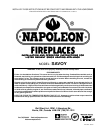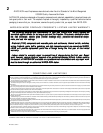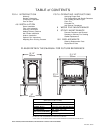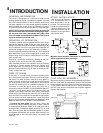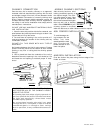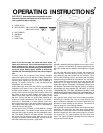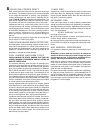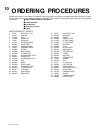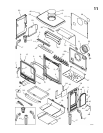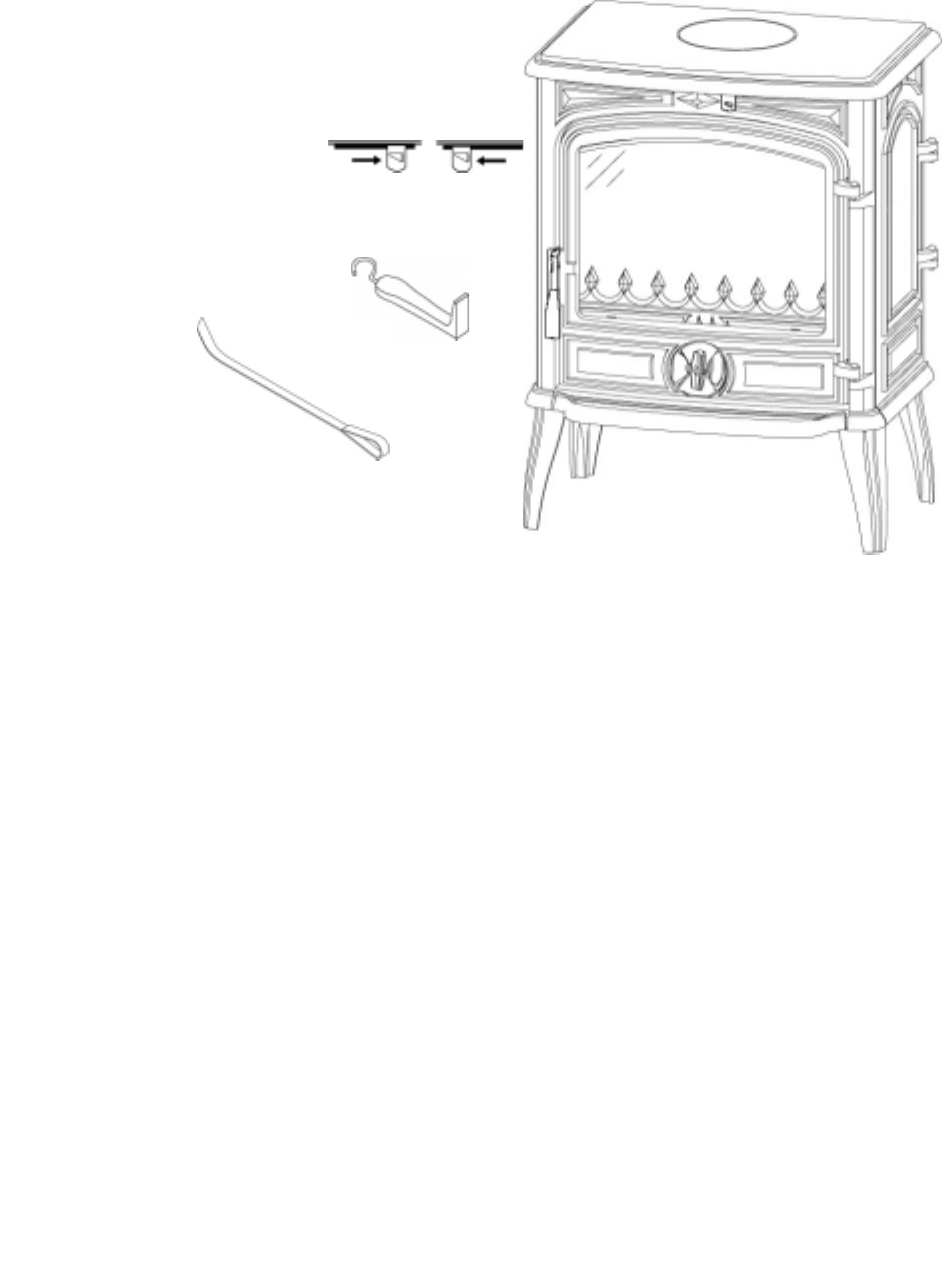
7
W415-0257 / 08.02.01
OPERATING INSTRUCTIONS
WARNING:
Remove all sources of gasoline or other
flammable vapours and liquids in the vicinity of this or
other appliances before lighting.
At this point, the roaring fire that you see when the door is
opened is wastefully drawing heated room air up the chim-
ney -- certainly not desirable. So always operate with the
door fully closed once the medium sized logs have caught
fire.
You can now add larger pieces of wood and operate the
stove normally. Once the stove is entirely hot, it will burn
very efficiently with little smoke from the chimney. There
will be a bed of orange coals in the firebox and secondary
flames flickering just below the top firebrick. You can safely
fill the firebox with wood to the top of the door and will get
best burns if you keep the stove pipe temperatures be-
tween 250 degrees Fahrenheit (120 degrees Celsius) and
450 degrees Fahrenheit (270 degrees Celsius). A surface
thermometer will help regulate this. WITHOUT A STOVE
THERMOMETER YOU ARE WORKING BLINDLY AND
HAVE NO IDEA OF HOW THE STOVE IS OPERATING. A
STOVE THERMOMETER OFFERS A GUIDE TO PERFORM-
ANCE.
Can't get the stove going? Use more kindling and paper.
Assuming the chimney and vent are sized correctly and
there is sufficient combustion air, the lack of sufficiently dry
quantities of small kindling is the problem. Thumb size is
a good gauge for small kindling diameter.
Can't get heat out of the stove? One of two things may have
happened. The stove door may have been closed prema-
turely and the stove itself has not reached optimum tem-
perature. Reopen the door and/or draft control to re-estab-
lish a brisk fire. The other problem may have been wet
wood. The typical symptom is sizzling wood and moisture
being driven from the wood.
A - DOOR LATCH
B - AIR CONTROL B1: FLAP OPEN
B2: FLAP CLOSED
C - ASH FENDER
D - ANDIRON
E - POKER
F - HAND TOOL
When lit for the first time, the stove will emit a slight
odour for a few hours. This is a normal temporary con-
dition caused by the "burn-in" of internal paints and
lubricants used in the manufacturing process and will
not occur again. Simply open a window to sufficiently
ventilate the room during the first few hours of opera-
tion.
To start, a brisk fire is required. Place loosely crumpled
paper on the grate and cover with dry kindling. Open the air
control fully by moving it to the right. Light the paper and
leave the door slightly ajar (one inch) until all kindling is
burning. To maintain a brisk fire, a hot coal bed must be
established and maintained.
Slowly add larger wood (2x4 size pieces). Lay the pieces
lengthwise from side to side in the hot coal bed with a
shallow trench between, so that the primary air can flow
directly into this trench and ignite the fuel above. When the
fire seems to be at its peak, medium sized logs may be
added. Once these logs have caught fire, carefully close
the door. (Closing the door too quickly after refuelling will
reduce the firebox temperature and result in an unsatis-
factory burn.) Remember it is more efficient to burn me-
dium sized wood, briskly, and refuel frequently than to load
the fireplace with large logs that result in a smouldering,
inefficient fire and dirty glass.
As soon as the door is closed, you will observe a change
in the flame pattern. The flames will get smaller and lazier
because less oxygen is getting into the combustion cham-
ber. The flames, however, are more efficient. The flames
will remain lazy but become larger again as soon as the
castings have been heated thoroughly and the chimney
becomes heated and provides a good draft.
FIGURE 11
B1
B2
F
E
A
B
C
D



